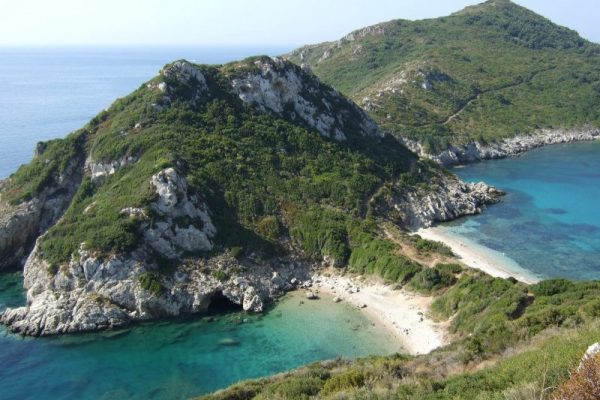Natural environments such as green and blue spaces are attractive destination for people seeking recreation. The implication is that these places have a value for visitors. BlueHealth researchers have published the results of an analysis looking at how much value is obtained from visits to green and blue spaces for recreation relative to the cost of travelling to them.
In this analysis, the researchers used the economic concept of ‘utility’, a measure of value or worth, to investigate relationships between the monetary cost of travelling to particular green and blue spaces, and a self-reported measure of subjective well-being (SWB) for these visits.
Both the cost of travelling to a place – the so-called travel cost method (TCM) – and visit-related SWB have been used previously as methods for assigning a market price to natural environments. However, these two measures of utility differ in that the person making a visit makes one assessment of utility before travelling and another during or immediately after the visit. BlueHealth researchers were therefore interested to see how utility of a trip assessed in advance of travelling to green/blue spaces is related to utility experienced on the visit. In the context of visits to natural environments, this translates into the question of whether visits that costed more in terms of travel bring people more well-being.
Two data sets were used in this analysis. One was the Monitor of Engagement with the Natural Environment (MENE), which provides fours years of data on 3672 recreational visits to green and blue spaces in England. The other was the BlueHealth International Survey, which features 5937 recreational visits taken over one year in 14 European countries.
The study found that there is a relationship between travel cost and visit-related SWB even when controlling for many other covariates, including trip frequency. Interestingly, when the researchers broke the analysis down by travel mode, they found that the relationship only holds for trips involving motorised transport. No such relationship was found for habitual walking visits to recreational natural sites.






